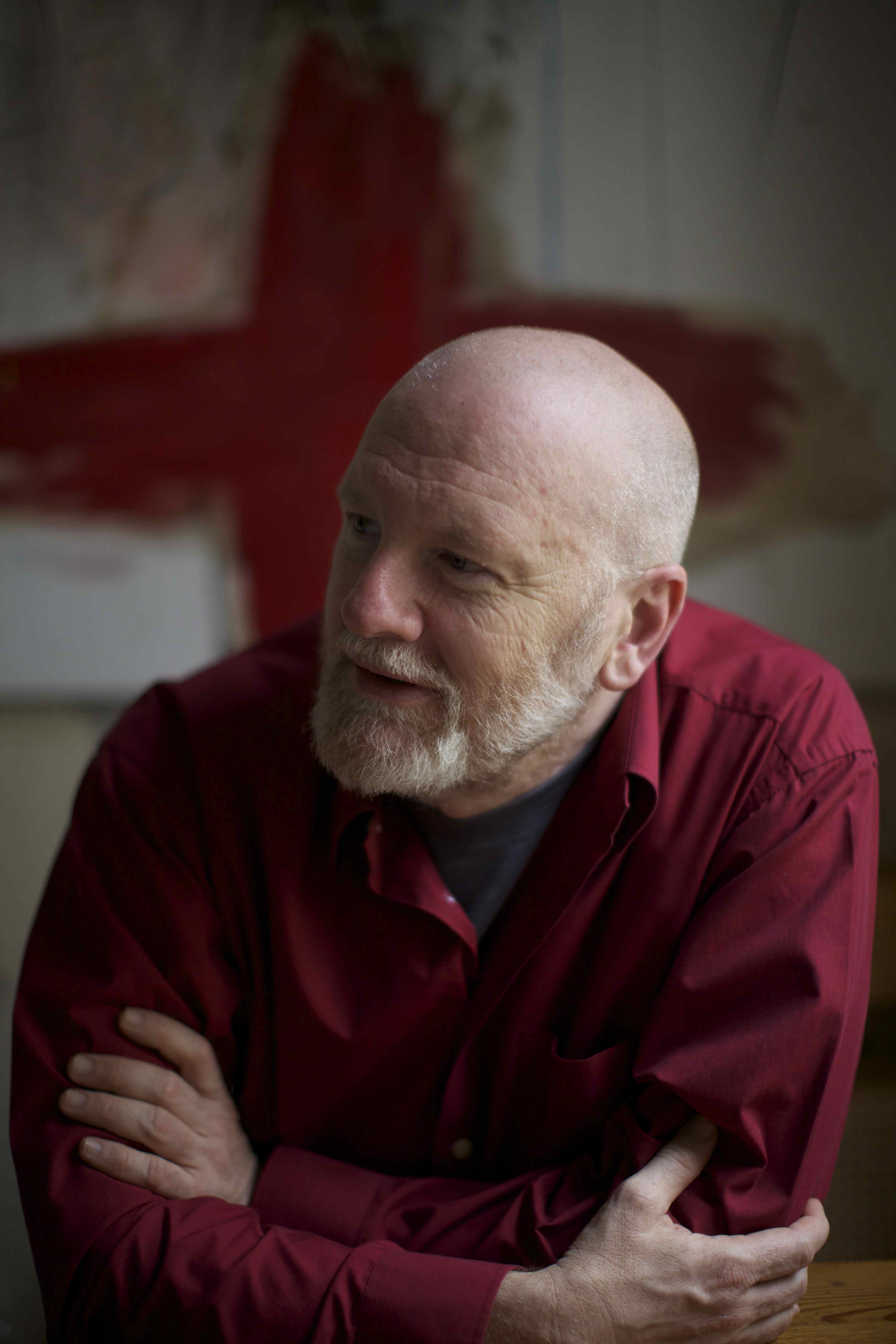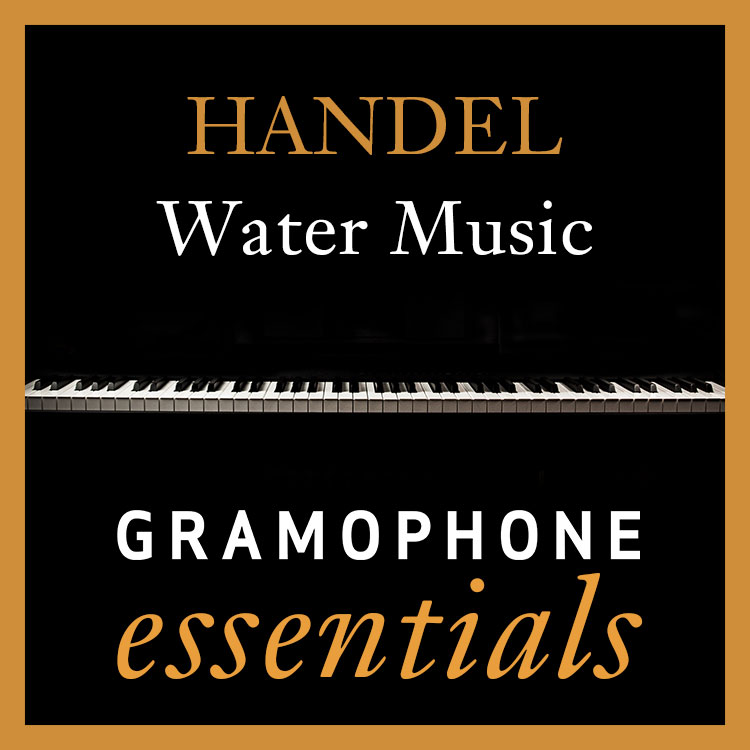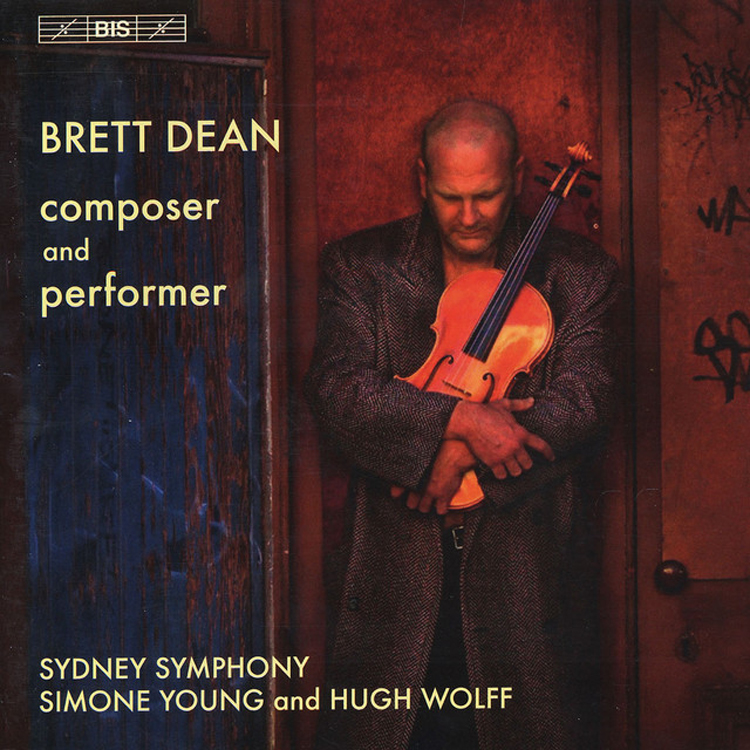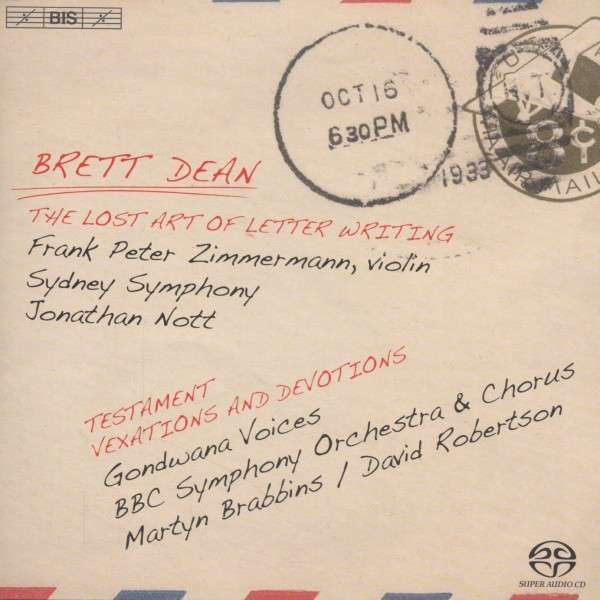Contemporary composer – Brett Dean
Paul Griffiths
Friday, March 27, 2015
Dean has emerged from the ranks of the Berlin Phil’s viola section with a distinctive voice of his own, says Paul Griffiths

Drifting through rainbows – or more often driven, by rhythmic energy – Brett Dean’s music locks into one harmonic colour after another, generally with a rotating motif of just a few notes to keep the effect clear. Tonality here is expanded but anchored, brushing up to neighbours including Alban Berg and John Adams, and underpinning traditional kinds of expressive gesture and forward motion. The motif may be pushed to a point of explosion, or it may mutate, carrying the musical story on to a further page, another colour. Imagery, another realm of colour, is by no means foresworn. Indeed, this is often music with windows, whether into the past, the natural world or everyday life in the 21st century. Wherever it goes, though, and whatever it encounters, it remains bravely and boldly itself.
One might want to say that here is a composer who faced two hurdles, in coming from Australia and in being a viola player. As it worked out, though, the one helped the other. The viola brought Dean to Europe, where he was a member of the Berlin Philharmonic for 14 years, and in Europe his creativity began to flourish, at first in the context of film work and improvisation. It was not until the late 1990s, when he was approaching 40, that he moved into full gear as a composer.
He soon made up for that late start. Though his breakthrough piece – Ariel’s Music, a clarinet concerto – dates from only two decades ago, his output by now includes around 30 big scores, including five more concertos, symphonic compositions, cantatas and a full-length opera, as well as smaller choral settings, a good deal of chamber music, especially for strings, and a growing sequence of piano etudes. He has written for Sir Simon Rattle and Emanuel Ax, as well as repeatedly for older friends, notably Markus Stenz and Richard Tognetti. His abundant and seemingly still burgeoning productivity has not, however, been too well represented on record so far – though BIS has made a sound beginning.
Born in Brisbane, into a keenly musical family, Dean studied at the Queensland Conservatorium, from which he graduated in 1982. It was in 1984 that he went to Berlin to complete his studies with Wolfram Christ, then Principal Viola of the Berlin Philharmonic, which the following year he joined. He was therefore with the orchestra at the end of the Karajan era, and remained there through most of Abbado’s time, leaving when, in 1999, he needed more time for composition and also felt the need to return to Australia.
The composing had taken off in the wake of Ariel’s Music (1995), which he wrote for his younger brother Paul to play and as a memorial to Ariel Glaser, a young girl who died of AIDS contracted through a blood transfusion received by her mother. In two movements that veer differently between elegy and protest, the work proved its composer’s equal command of delicacy and force, and his direct expressive voice and sureness of style. However, he remained with the Berlin Philharmonic a few more years, writing pieces for colleagues, including Twelve Angry Men (1996) for the cello section, as well as a 70-minute score – featuring the cellist Pieter Wispelwey with electronic backing – for Jiří Kylián’s ballet One of a Kind (1998). This was his first composition to be commercially recorded, followed by Ariel’s Music and two other orchestral pieces on an ABC album.
Perhaps the work that did most for his early reputation, though, was a meditation on a searing harmonic slip from a Gesualdo madrigal, his Carlo (1997), for strings and sampler. The latter introduces voices singing from Moro, lasso, al mio duolo one of Gesualdo’s most chromatic adventures, which the strings draw out and study. Communication goes both ways, for the voices come back more than once to participate in a dialogue that has shifted by now more to the modern composer’s ground, a dialogue that reaches its climax in a consonance arriving as a black sun, brilliant and alarming. Performed around the world from Tallinn to Kuala Lumpur, Carlo gave Dean his hit and surely helped convince him to leave his chair among the Berlin violas.
It was also his entry point for further conversations with the past, pursued in Testament for 12 violas (2002) – a gift to his former colleagues, quoting intermittently from Beethoven’s First Razumovsky Quartet – and in his violin concerto The Lost Art of Letter Writing (2006), into whose first movement swerve junctures from Brahms. These two works are also connected in being based on 19th-century documents and in partly transcribing, as rapid, dry oscillations, the sound and action of handwriting. In Testament, Beethoven is writing his Heiligenstadt Testament – and raising his eyes toward ever clearer visions of the music to come, which eventually seems to be incorporated in his pen strokes. In the violin concerto, four epistolists are evoked, from Brahms to Ned Kelly by way of Van Gogh and Hugo Wolf, though the main character throughout is the luminous violin.
Despite all these references to older music and an older means of communication, Dean’s music is strikingly non-nostalgic, being too immediate for that. Even so, Dean is evidently exercised by the progressive hardening of language that has brought us telephone-queue assurances and corporate mission statements, to mention two exhibits presented, humorously and darkly, in his Vexations and Devotions for choirs, orchestra and electronics (2005). Support for the natural, the multifariously meaningful, is also voiced in his Pastoral Symphony (2000), which again uses sampled sounds, here to surround the instruments of a chamber orchestra with bird songs, and then, with a turn to speed and anxiety, bring on the sounds of tramping human feet and tree-felling. The same message, assisted by the same deft interweaving of performed and recorded sounds, is delivered by Water Music for saxophone quartet and chamber orchestra (2004), with movements of aqueous bubbling and coursing succeeded by a finale entitled ‘Parched Earth’.
Hope for change that will conserve and enlarge, rather than destroy and limit, is conveyed by his Viola Concerto (2004), still without sentimentality, by means of an unusual but effective tripartite form in which the slow movement comes first and is short. This two-minute ‘Fragment’ has a repeating viola strain from which sparkling shivers of woodwind descend, but it is the four-note accompanying idea that will reappear, at calm moments in the two big movements that follow, and again at the end, where the viola meets its waiting companion, the cor anglais. This close makes the concerto also a love story – indeed, a love story twice over, as the whole piece speaks of its composer’s warm dedication to his chosen instrument.
The concertos for viola and violin were followed by concentration on an opera, Bliss, after the novel by Peter Carey, which seems to have encouraged Dean to write more for voices. His most recent pieces include concertos and chamber music but also two cantatas, which he composed one after the other in 2012: The Annunciation, designed for Bach’s church in Leipzig, and The Last Days of Socrates. Now he is working on another opera: Hamlet.
Recommended recordings

Water Music. Pastoral Symphony. The Siduri Dances. Carlo
Bezaly fl Raschèr Sax Qt; Swedish CO / Gruber; Dean
(BIS)
'The classic Carlo, in which Dean confronts his music with Gesualdo’s, is combined with two pieces where the dialogue partner is nature, and with a small-scale flute concerto.' Read review

Viola Concerto. Twelve Angry Men. Intimate Decisions. Komarov’s Fall
Dean va Sydney SO / Young; Wolff
(BIS)
'Dean’s concerto for viola is the gem, nicely offset by a controlled riot for cellos, a viola solo and an elegy of star sounds and distress calls for the first astronaut to die in space.'

The Lost Art of Letter Writing. Testament. Vexations and Devotions
Zimmermann vn BBC Symphony Chorus; Gondwana Voices; Sydney SO / Nott; Brabbins; Robertson
(BIS)
'Dean’s violin concerto is coupled with his portrait of Beethoven and a fresco on modern language’s limitations.' Read review
This article originally appeared in the March 2015 issue of Gramophone. To find out more about subscribing, please visit: gramophone.co.uk/subscribe











